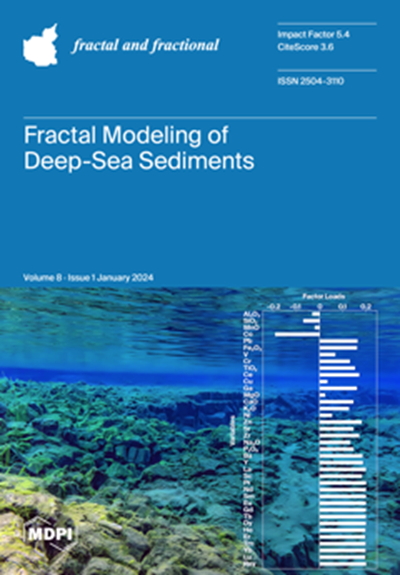求解二维空间分数阶扩散问题的分数阶微分正交的独特形状函数
IF 3.6
2区 数学
Q1 MATHEMATICS, INTERDISCIPLINARY APPLICATIONS
引用次数: 0
摘要
本研究的目的是利用不同核的微分正交方法,如拉格朗日插值和离散奇异卷积,来解决Riesz分数阶扩散方程和Riesz分数阶平流-色散方程的相关问题。对流和扩散的控制方程取决于空间和瞬态因素。利用分块推进技术,利用微分求积分方法和caputo型分数算子,将这些方程转化为代数系统。接下来,我们开发了一个MATLAB程序,该程序生成的代码能够在(1+2)维中求解每个形状函数的分数对流扩散方程。我们的目标是确保我们的方法是可靠的,准确的,高效的,并能够收敛。为了实现这一点,我们进行了两个实验,将数值和图形结果与解析和数值解进行比较。此外,我们使用L∞误差来评估我们发现的准确性。我们的实验表明,微分正交法主要依赖于离散奇异卷积形状函数,是分数阶对流扩散问题的一种非常有效的数值方法。与其他技术相比,它具有更高的准确性、更快的收敛速度和更高的可靠性。此外,我们还研究了分数阶导数、速度和正扩散参数对结果的影响。本文章由计算机程序翻译,如有差异,请以英文原文为准。
Distinctive Shape Functions of Fractional Differential Quadrature for Solving Two-Dimensional Space Fractional Diffusion Problems
The aim of this study is to utilize a differential quadrature method with various kernels, such as Lagrange interpolation and discrete singular convolution, to tackle problems related to the Riesz fractional diffusion equation and the Riesz fractional advection–dispersion equation. The governing equation for convection and diffusion depends on both spatial and transient factors. By using the block marching technique, we transform these equations into an algebraic system using differential quadrature methods and the Caputo-type fractional operator. Next, we develop a MATLAB program that generates code capable of solving the fractional convection–diffusion equation in (1+2) dimensions for each shape function. Our goal is to ensure that our methods are reliable, accurate, efficient, and capable of convergence. To achieve this, we conduct two experiments, comparing the numerical and graphical results with both analytical and numerical solutions. Additionally, we evaluate the accuracy of our findings using the L∞ error. Our tests show that the differential quadrature method, which relies mainly on the discrete singular convolution shape function, is a highly effective numerical approach for fractional convective diffusion problems. It offers superior accuracy, faster convergence, and greater reliability than other techniques. Furthermore, we study the impact of fractional order derivatives, velocity, and positive diffusion parameters on the results.
求助全文
通过发布文献求助,成功后即可免费获取论文全文。
去求助
来源期刊

Fractal and Fractional
MATHEMATICS, INTERDISCIPLINARY APPLICATIONS-
CiteScore
4.60
自引率
18.50%
发文量
632
审稿时长
11 weeks
期刊介绍:
Fractal and Fractional is an international, scientific, peer-reviewed, open access journal that focuses on the study of fractals and fractional calculus, as well as their applications across various fields of science and engineering. It is published monthly online by MDPI and offers a cutting-edge platform for research papers, reviews, and short notes in this specialized area. The journal, identified by ISSN 2504-3110, encourages scientists to submit their experimental and theoretical findings in great detail, with no limits on the length of manuscripts to ensure reproducibility. A key objective is to facilitate the publication of detailed research, including experimental procedures and calculations. "Fractal and Fractional" also stands out for its unique offerings: it warmly welcomes manuscripts related to research proposals and innovative ideas, and allows for the deposition of electronic files containing detailed calculations and experimental protocols as supplementary material.
 求助内容:
求助内容: 应助结果提醒方式:
应助结果提醒方式:


